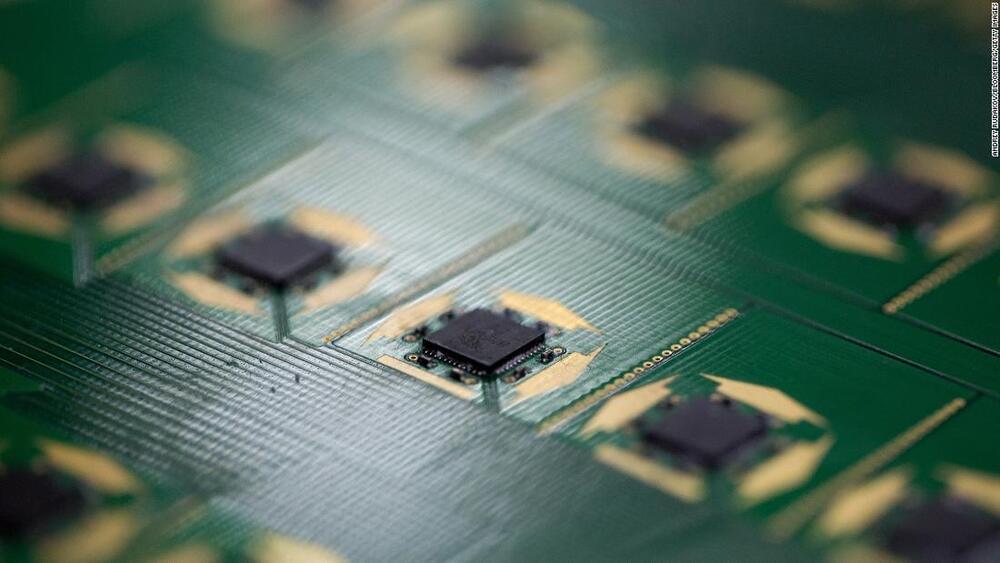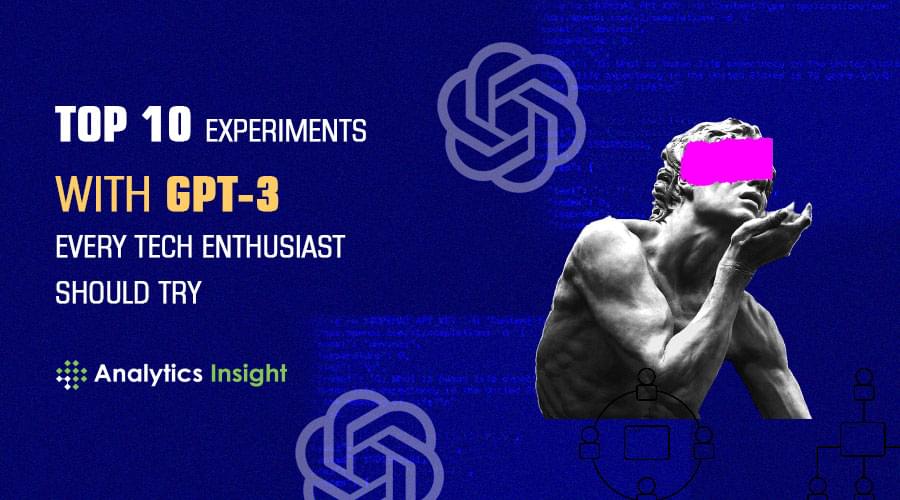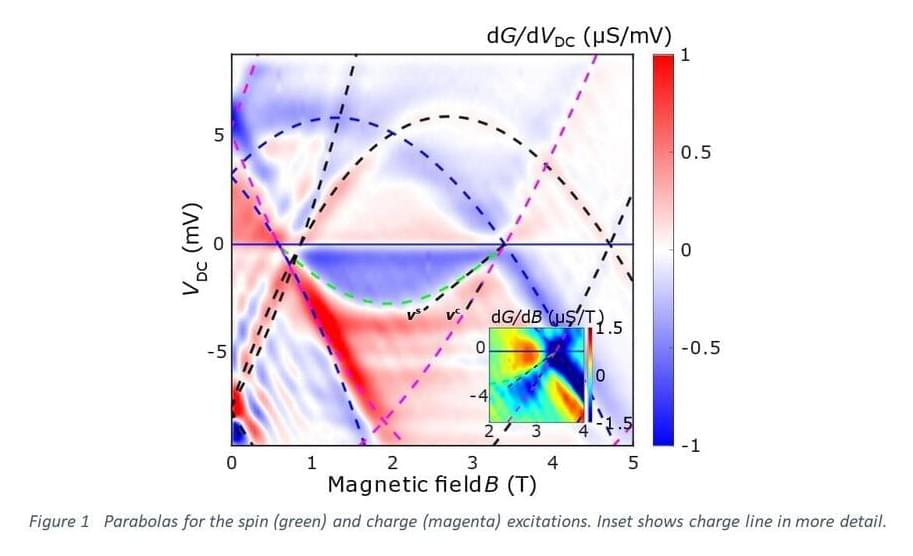The gas giant’s belly is full of tiny pre-planets, not pulverized pebbles.
A first-of-its-kind study into the inner workings of Jupiter has revealed that the gas giant fed on baby planets as it grew.


The possibility also remains that if aliens are sending us, or unintentionally leaking, signals across the vast expanse of the cosmos, they may not be encoded in radio waves, but in ways that we haven’t yet developed the technology to understand.
“It wouldn’t surprise me if we were on the wrong track. If you look at the history of SETI, the original ideas proposed around 200 years ago were things like ‘let’s build some big fires on Earth’; ‘let’s have some big mirrors that reflect sunlight to the Martians’ or ‘let’s build some mile-long right-angled triangles to show aliens we know about Pythagorean Theorem,’ and now we look back and say those guys were idiots,” Werthimer said. “So, what’s to say that 200 years from now people won’t look back at us and ask why we didn’t use tachyons or subspace communication? But you’ve got to do what you know how to do.”
Despite the dispiriting likelihood that these signals have an Earthbound source, SETI astronomers are still fairly confident that we’re not alone in the universe. And that one day, we may dig up something real amid all of our own backchatter.

The semiconductor industry just can’t catch a break.
After grappling with pandemic-fueled supply bottlenecks, chipmakers are facing a new headache: Russia, one of the world’s biggest suppliers of gases used to make semiconductors, has started to limit exports.
Moscow began restricting exports of inert, or “noble” gases, including neon, argon and helium to “unfriendly” countries at the end of May, according to a report by Russian state news agency TASS.


A nested conical passive magnetic bearing is presented. The bearing consists of a nested conical rotor inside a conical stator, i.e. two coaxial tilted rings of permanent magnets, both with a rectangular cross section. Varying the cone or tilt angle of the rotor and stator we determine the rotor radius that provides the highest force for three different magnetization cases. For this optimal rotor radius, we show that the bearing with the highest volume normalized force also has the highest stiffness, and furthermore often also the highest varying stiffness with axial displacement. Finally, we show that a conical bearings with a tilt angle of $$60^\circ$$ has an almost constant stiffness and a linearly varying force with axial displacement, making it ideal as a bearing.


GPT-3 is a neural network machine learning model trained using internet data to generate any type of text. Developed by OpenAI, it applies machine learning to generate various types of content, including stories, code, legal documents, and even translations based on just a few input words. GPT-3 has been getting a lot of attention for the seemingly unlimited range of possibilities it offers. GPT-3 is also being used for automated conversational tasks, responding to any text. So here mentioned the 10 experiments with GPT-3.
Interviewing AI: Using the Chat preset within GPT-3 Playground you can ask the current entity about its personality. And while of your dialog, the GPT-3’s personality emerges. Note that after 2048 tokens there’s a hard cut, and you never will encounter the same personality setting again. It imitates a human person worrying about data privacy.
Doctor’s Assistant: The AI has been fed with patient files, describing their profile and symptoms in a few lines. The AI spontaneously makes suggestions of what the disease could be. GPT-3 got away with an impressive 8 out of 10 correct guesses. This could become amazing support to doctors, and a great tool to investigate.

Content management systems or CMSs are the most popular tool for creating content on the internet. In recent years, they have evolved to become the backbone of an increasingly complex ecosystem of websites, mobile apps and platforms. In order to simplify processes, a team of researchers from the Internet Interdisciplinary Institute (IN3) at the Universitat Oberta de Catalunya (UOC) has developed an open-source model to automate the extraction of content from CMSs. Their associated research is published in Research Challenges in Information Science.
The open-source model is a fully functional scientific prototype that makes it possible to extract the data structure and libraries of each CMS and create a piece of software that acts as an intermediary between the content and the so-called front-end (the final application used by the user). This entire process is done automatically, making it an error-free and scalable solution, since it can be repeated multiple times without increasing its cost.

Imagine a road with two lanes in each direction. One lane is for slow cars, and the other is for fast ones. For electrons moving along a quantum wire, researchers in Cambridge and Frankfurt have discovered that there are also two “lanes,” but electrons can take both at the same time!
Current in a wire is carried by the flow of electrons. When the wire is very narrow (one-dimensional, 1D) then electrons cannot overtake each other, as they strongly repel each other. Current, or energy, is carried instead by waves of compression as one particle pushes on the next.
It has long been known that there are two types of excitation for electrons, as in addition to their charge they have a property called spin. Spin and charge excitations travel at fixed, but different speeds, as predicted by the Tomonaga-Luttinger model many decades ago. However, theorists are unable to calculate what precisely happens beyond only small perturbations, as the interactions are too complex. The Cambridge team has measured these speeds as their energies are varied, and find that a very simple picture emerges (now published in the journal Science Advances). Each type of excitation can have low or high kinetic energy, like cars on a road, with the well-known formula E=1/2 mv2, which is a parabola. But for spin and charge the masses m are different, and, since charges repel and so cannot occupy the same state as another charge, there is twice as wide a range of momentum for charge as for spin.

Researchers from the University of Nebraska-Lincoln and the University of California, Berkeley, have developed a new photonic device that could get scientists closer to the “holy grail” of finding the global minimum of mathematical formulations at room temperature. Finding that illusive mathematical value would be a major advancement in opening new options for simulations involving quantum materials.
Many scientific questions depend heavily on being able to find that mathematical value, said Wei Bao, Nebraska assistant professor of electrical and computer engineering. The search can be challenging even for modern computers, especially when the dimensions of the parameters—commonly used in quantum physics—are extremely large.
Until now, researchers could only do this with polariton optimization devices at extremely low temperatures, close to about minus 270 degrees Celsius. Bao said the Nebraska-UC Berkeley team “has found a way to combine the advantages of light and matter at room temperature suitable for this great optimization challenge.”